Last Updated on 21/11/2023 by Manolis Maragkoudakis
360 Virtual Tours: Journey Beyond Boundaries
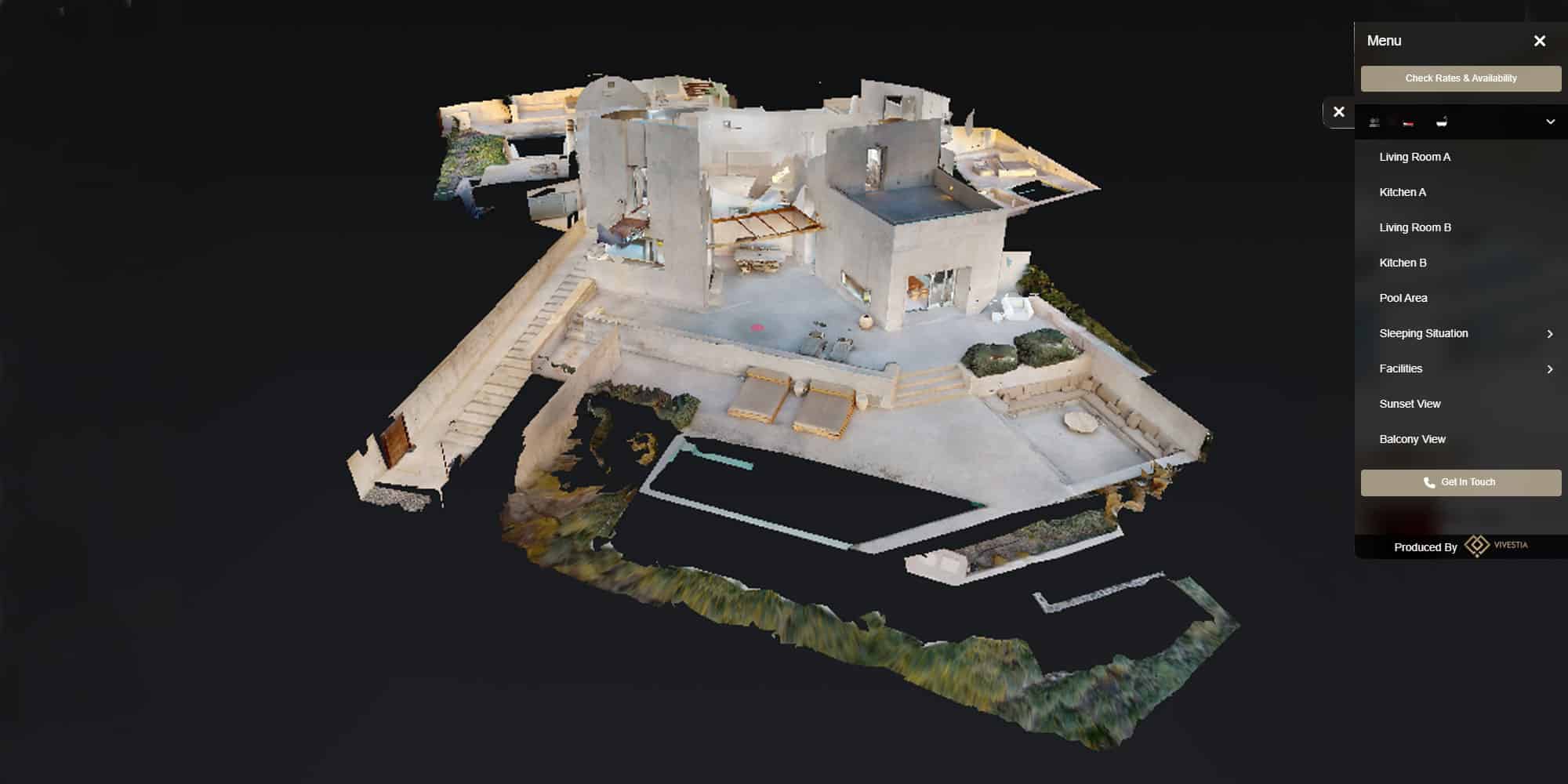
360 Virtual Tours
Are you ready to embark on a journey like never before? Get ready to explore uncharted territory and go beyond the boundaries of traditional travel with the incredible technology of 360 virtual tours.
Whether you’re an adventurer at heart or simply curious about new destinations, these immersive tours offer an unparalleled way to experience the world from the comfort of your own home.With 360 virtual tours, you can step inside famous landmarks, wander through bustling city streets, or even explore remote natural wonders.
What are 360 virtual tours?
360 virtual tours are a revolutionary way to explore and experience different locations, whether they are famous landmarks, bustling city streets, or remote natural wonders. Unlike traditional travel experiences, where you are limited by time, distance, and physical constraints, 360 virtual tours allow you to immerse yourself in a location and navigate through it as if you were actually there. These tours use a combination of high-resolution images, videos, and interactive elements to create a realistic and engaging experience.
The concept behind 360 virtual tours is simple: using specialized cameras, photographers capture a series of images from various angles, covering a full 360-degree view of the location. These images are then stitched together to create a seamless panorama that users can explore.
With the help of virtual tour software, users can navigate through the location by clicking on hotspots or using their mouse or touchscreen to move around. Some virtual tours even offer additional features such as audio guides, historical information, or interactive elements that enhance the overall experience.
360 virtual tours have gained popularity in recent years due to advancements in technology and the increasing demand for immersive travel experiences.
They offer a unique way to explore destinations, allowing users to see and interact with places they may never have the chance to visit in person. Whether you’re planning your next vacation or simply curious about the world, 360 virtual tours open up a whole new realm of possibilities.
Benefits of using 360 virtual tours
The rise of 360 virtual tours in various industries has been fueled by the numerous benefits they offer. From travel and tourism to real estate and education, businesses and individuals are embracing this technology to showcase their offerings and provide immersive experiences to their audience. Here are some of the key benefits of using 360 virtual tours:
Increased engagement: 360 virtual tours are highly engaging and interactive, capturing the attention of users and keeping them immersed in the experience. By allowing users to explore a location at their own pace and navigate through it as they please, virtual tours provide a level of control and personalization that traditional media cannot match. This increased engagement leads to a more memorable and impactful experience for users.
Cost-effective: Compared to organizing physical tours or setting up elaborate exhibits, 360 virtual tours can be a cost-effective alternative. Once the initial setup and photography are done, virtual tours can be easily shared and accessed by a wide audience without the need for additional investments or logistical arrangements. This makes them an attractive option for businesses and organizations with limited resources or those looking to reach a global audience.
Wider reach: Virtual tours break down geographical barriers and allow anyone with an internet connection to explore a location. This opens up opportunities for businesses and destinations to reach a global audience, attracting potential customers or visitors from around the world. Whether it’s a hotel showcasing its rooms, a museum displaying its exhibits, or a tourist attraction promoting its unique features, virtual tours can help generate interest and drive engagement from a diverse range of audiences.
Time-saving: Planning a trip or visiting a physical location takes time and effort. With virtual tours, users can save both time and energy by exploring a location from the comfort of their own home. Whether it’s researching potential destinations or previewing a property before visiting, virtual tours offer a convenient way to gather information and make informed decisions without the need for extensive travel or site visits.
Flexibility and accessibility: Virtual tours offer a level of flexibility and accessibility that traditional travel experiences cannot provide. Users can explore a location at any time, from anywhere, and at their own pace. Whether it’s a busy professional looking for a quick escape during a lunch break or someone with mobility issues who wants to experience a location without physical limitations, virtual tours cater to a wide range of needs and preferences.
The rise of 360 virtual tours in various industries
360 virtual tours have made a significant impact across various industries, transforming the way businesses and organizations showcase their offerings and engage with their audience. Let’s take a closer look at some of the key industries that have embraced this technology:
Travel and tourism:
The travel and tourism industry has been one of the early adopters of 360 virtual tours. From hotels and resorts to tourist attractions and travel agencies, businesses in this industry have realized the potential of virtual tours in attracting customers and providing a glimpse into their offerings. Virtual tours allow potential travelers to explore hotel rooms, check out amenities, and get a feel for the overall ambiance before making a booking.
Tourist attractions can showcase their unique features and give visitors a taste of what to expect. Travel agencies can create virtual tours of popular destinations, inspiring wanderlust and helping travelers plan their next adventure. With virtual tours, the travel and tourism industry can bring destinations to life and create a sense of anticipation and excitement among travelers.
Real estate:
The real estate industry has also embraced 360 virtual tours as a powerful marketing tool. Virtual tours allow potential buyers or renters to explore properties without the need for physical visits. They can view each room, examine the layout, and get a sense of the overall space. This saves time and effort for both buyers and sellers, as it eliminates the need for multiple property visits.
Real estate agents can create virtual tours of properties they are representing and share them with potential clients, increasing the chances of generating interest and closing deals. Virtual tours also give international buyers the opportunity to explore properties in different countries or cities without the need for extensive travel, making it easier to invest in real estate abroad.
Education:
In the field of education, 360 virtual tours have opened up new avenues for interactive and immersive learning experiences. Virtual tours can take students on virtual field trips to historical sites, museums, or even outer space, providing a level of engagement and understanding that traditional textbooks cannot match. Students can explore ancient ruins, examine artifacts up close, or witness significant events unfold, all from the comfort of their classrooms.
Virtual tours also offer opportunities for remote learning, allowing students to access educational content from anywhere in the world. With virtual tours, education becomes more interactive, memorable, and accessible, enriching the learning experience for students of all ages.
Event venues:
Event venues, such as convention centers, exhibition halls, or wedding venues, have also recognized the value of 360 virtual tours. By creating virtual tours of their spaces, venues can showcase their facilities and help potential clients visualize their events. Prospective event planners can explore different layouts, visualize seating arrangements, and get a sense of the overall ambiance.
This gives them a better understanding of the venue’s capabilities and helps them make informed decisions. Virtual tours also offer event organizers the opportunity to share their spaces with remote attendees who may not be able to physically attend the event. By providing a virtual experience, venues can expand their reach and attract a wider audience.
These are just a few examples of how 360 virtual tours have been embraced across various industries. As technology continues to advance and more businesses realize the potential of this immersive medium, we can expect to see virtual tours becoming an integral part of marketing, communication, and engagement strategies.
How to create a 360 virtual tour
Creating a 360 virtual tour may seem like a complex task, but with the right tools and techniques, it can be a straightforward process. Here’s a step-by-step guide on how to create your own 360 virtual tour:
Plan your tour: Start by deciding on the location or locations you want to capture in your virtual tour. Consider the key points of interest, angles, and perspectives you want to showcase. It’s essential to have a clear vision of the tour before you start capturing images.
Gather your equipment: To create a 360 virtual tour, you’ll need a specialized camera capable of capturing a full 360-degree view. There are several options available, ranging from professional-grade cameras to more affordable consumer-level models. Choose a camera that suits your budget and requirements. Additionally, you may need a tripod or other stabilizing equipment to ensure steady shots.
Capture your images: Once you have your equipment ready, it’s time to start capturing images. Set up your camera in a central position, ensuring it covers the entire 360-degree view. Take multiple shots from different angles to ensure you capture every detail. It’s essential to maintain consistency in lighting, exposure, and composition throughout the shoot to create a seamless final result.
Stitch your images: After capturing your images, you’ll need to stitch them together to create a panoramic view. There are various software options available that can help with this process. These software programs analyze the captured images and align them to create a seamless panorama. Some software also offers additional features like hotspot creation, audio integration, and interactive elements.
Enhance your tour: Once you have your panoramic view ready, you can enhance your virtual tour by adding interactive elements or additional information. Consider adding hotspots that users can click on to access more details or links to related content. You can also integrate audio guides, videos, or text overlays to provide a more immersive experience. Take the time to fine-tune the user interface and ensure a seamless navigation experience.
Publish and share: Once you’re satisfied with your virtual tour, it’s time to publish and share it with your intended audience. There are various platforms available that allow you to host your virtual tour and embed it on your website or share it through social media. Choose a platform that suits your needs and make sure your virtual tour is easily accessible to your target audience.
Creating a 360 virtual tour requires a combination of technical skills, creativity, and attention to detail. It may take some practice to master the art of capturing stunning images and creating a seamless user experience, but with time and dedication, you can create immersive virtual tours that captivate your audience.
Tips for capturing stunning 360 virtual tour images
Capturing high-quality images is crucial to creating a captivating and immersive 360 virtual tour. Here are some tips to help you capture stunning images for your virtual tour:
Use a tripod: Stability is essential when capturing 360-degree images. Using a tripod or other stabilizing equipment will help ensure that your shots are steady and consistent. This is especially important when capturing images indoors or in low-light conditions, where longer exposure times may be necessary.
Pay attention to lighting: Lighting plays a crucial role in photography, and it’s no different when it comes to capturing images for a virtual tour. Pay attention to the lighting conditions in your chosen location and make adjustments as needed. Try to avoid harsh shadows or blown-out highlights that can distract from the overall image quality. If necessary, consider using additional lighting equipment to achieve the desired results.
Capture multiple exposures: To ensure a seamless final result, it’s a good idea to capture multiple exposures of each image. This will give you more flexibility during the stitching process and allow you to blend exposures to achieve the desired lighting and dynamic range. Many virtual tour software programs offer tools to help with exposure blending, so take advantage of these features to enhance your images.
Mind the details: When capturing images for a virtual tour, it’s essential to pay attention to the details. Ensure that your shots are sharp, and all elements are in focus. Take the time to clean up the scene and remove any distracting elements that can take away from the overall image quality. Remember, users will be able to explore the location up close, so make sure every detail is captured accurately.
Experiment with angles and perspectives: Don’t be afraid to experiment with different angles and perspectives when capturing images for your virtual tour. This will add variety and visual interest to your tour, making it more engaging for users. Try different heights, angles, and focal lengths to capture unique shots that showcase the location from different viewpoints.
Plan for post-processing: Post-processing is an essential step in creating stunning virtual tour images. Take the time to edit your images and fine-tune the details. Adjust the exposure, contrast, and color balance to achieve the desired look and feel. Be mindful not to over-process the images, as this can lead to artificial-looking results. The goal is to enhance the natural beauty of the location and provide an accurate representation of what users can expect to see.
Capturing stunning images for a virtual tour requires a combination of technical skills, creativity, and attention to detail. Take the time to plan your shots, experiment with different techniques, and fine-tune your post-processing skills. With practice, you’ll be able to create captivating virtual tours that transport users to new and exciting locations.
Enhancing the user experience with interactive elements
360 virtual tours offer more than just static images – they provide an interactive experience that engages viewers and allows them to explore a destination at their own pace. To enhance the user experience and make your virtual tours truly immersive, consider incorporating the following interactive elements:
Hotspots: Hotspots are clickable areas within a virtual tour that allow viewers to access additional information or navigate to different locations. By adding hotspots to your virtual tours, you can provide context and tell a story about the destination. For example, you can add hotspots to highlight historical landmarks, provide background information about certain areas, or even include links to related websites or videos.
Audio narration: Adding audio narration to your virtual tours can bring the destinations to life and provide a more engaging experience for viewers. You can record your own voiceover or hire a professional narrator to guide viewers through the tour, providing information and insights along the way. This adds a personal touch and helps create a deeper connection between the viewer and the destination.
Virtual reality (VR) integration: Virtual reality headsets are becoming increasingly popular, and integrating VR capabilities into your virtual tours can take the experience to a whole new level. With VR, viewers can feel like they’re actually walking through the destinations, immersing themselves in the sights and sounds of the virtual world. Consider creating VR versions of your virtual tours to cater to viewers who have access to VR devices.
Gamification: Gamifying your virtual tours can make the experience more interactive and entertaining. You can add quizzes, puzzles, or scavenger hunts within the virtual tour, challenging viewers to explore the space and discover hidden gems. This not only keeps viewers engaged but also encourages them to spend more time exploring the tour and learning about the destination.
By incorporating these interactive elements into your virtual tours, you can create an immersive and engaging experience that will leave a lasting impression on viewers.
Conclusion: Embrace the immersive world of 360 virtual tours
In conclusion, 360 virtual tours offer an incredible opportunity to explore uncharted territory and go beyond the boundaries of traditional travel. With the right equipment and techniques, you can capture stunning virtual tour images that transport viewers to new destinations.
By incorporating interactive elements, such as hotspots, audio narration, and virtual reality integration, you can enhance the user experience and create immersive virtual tours that engage and captivate viewers.

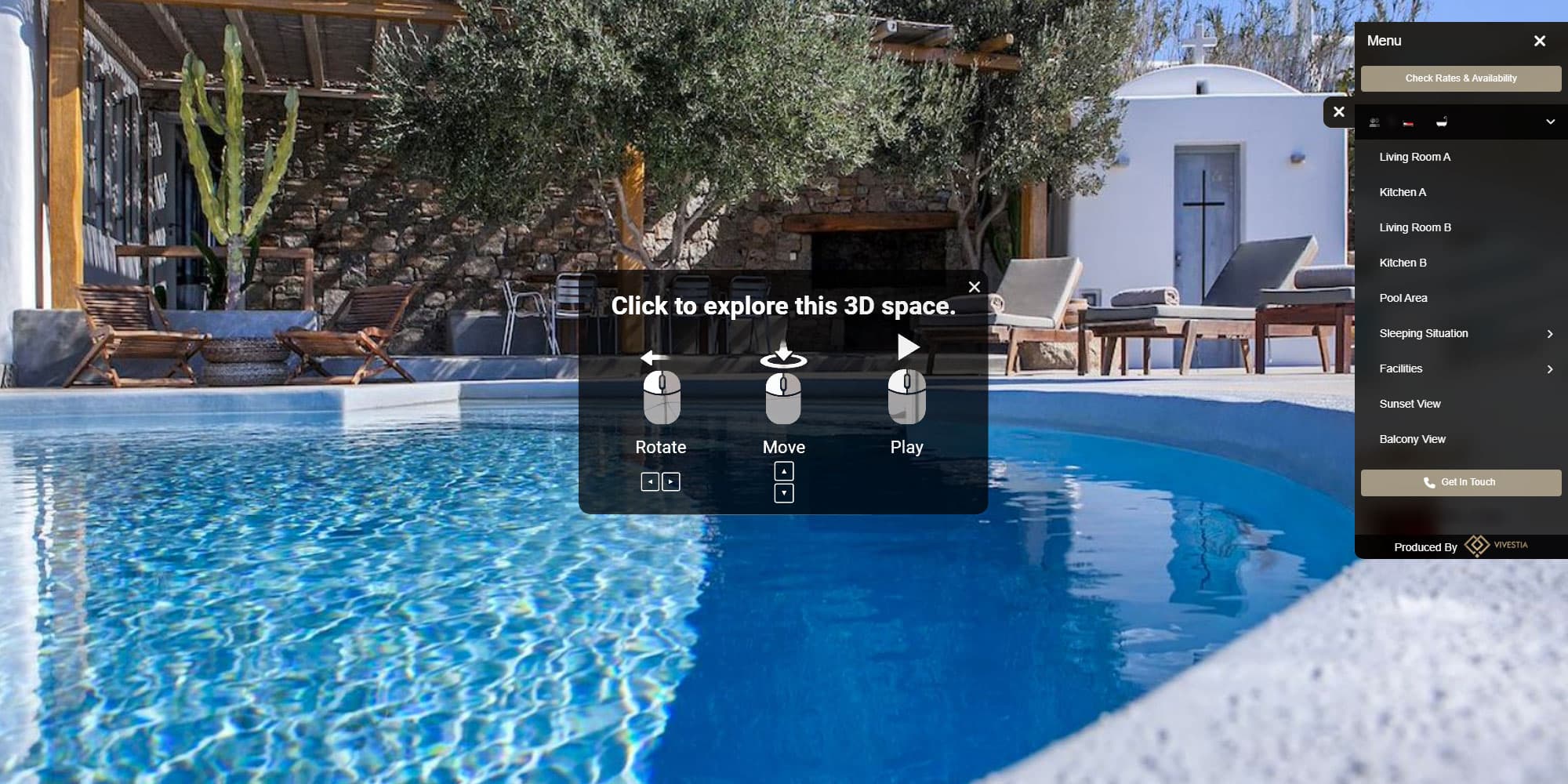
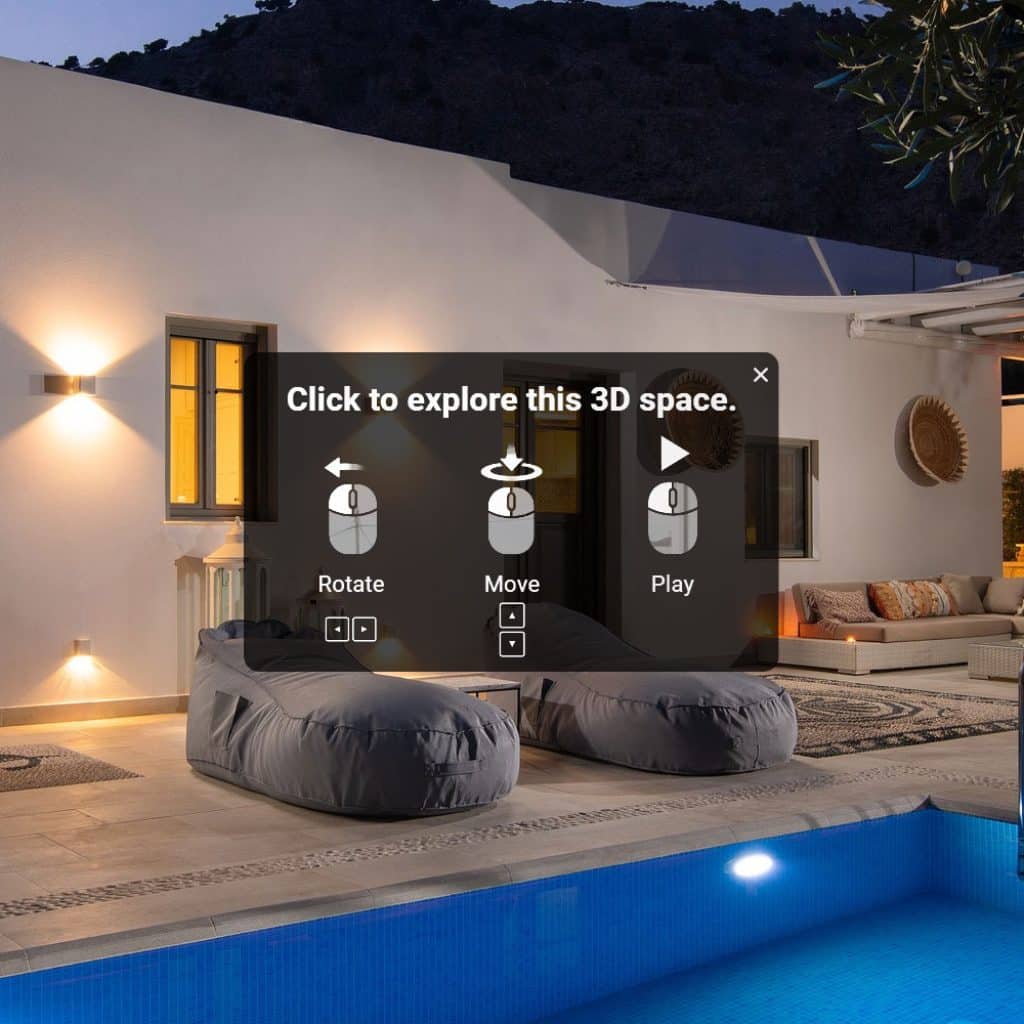
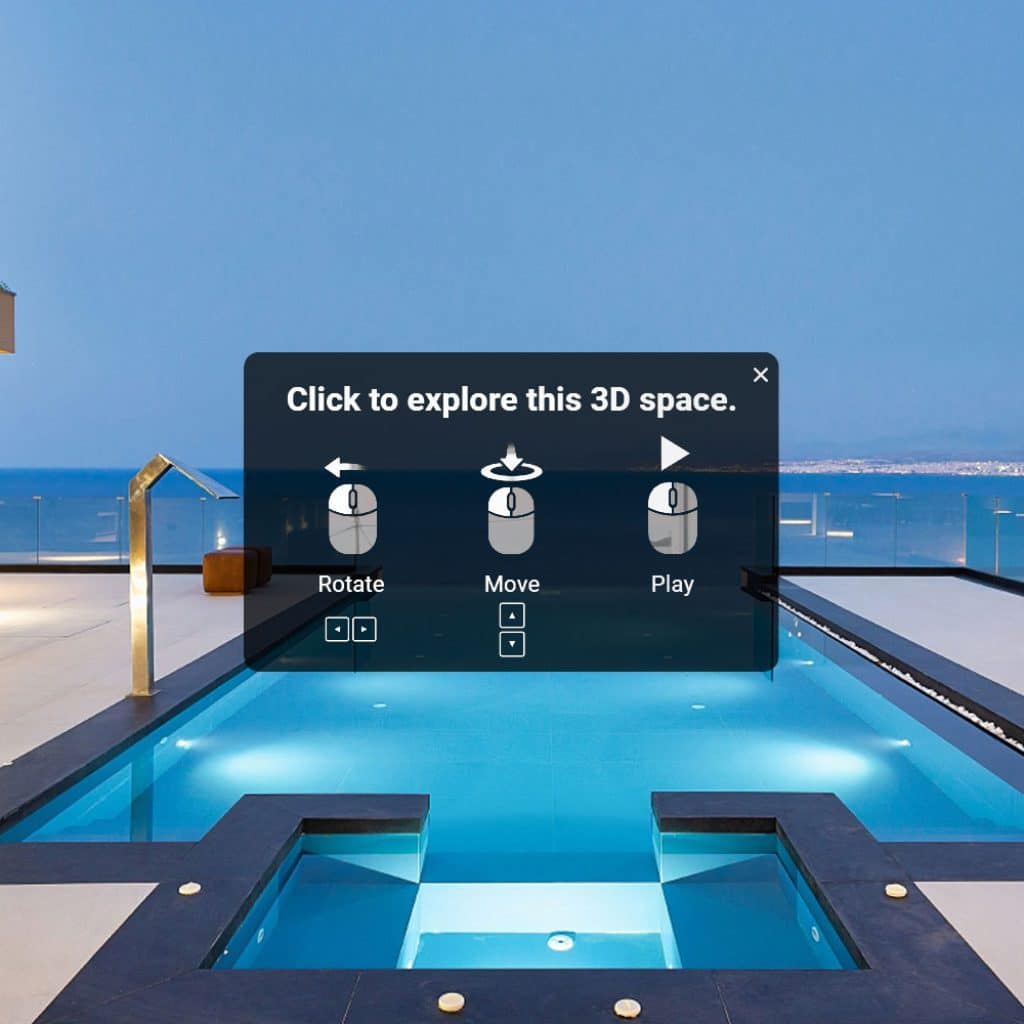
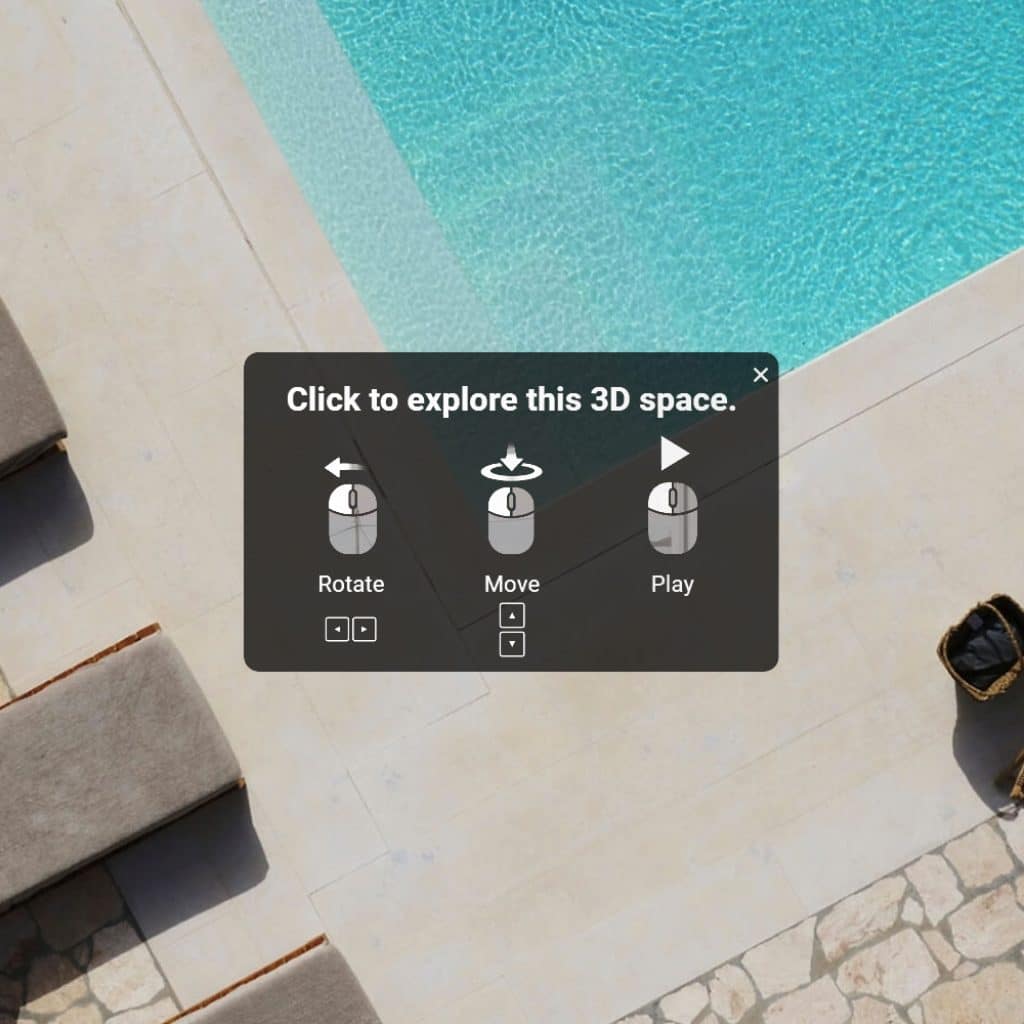

Post Discussion